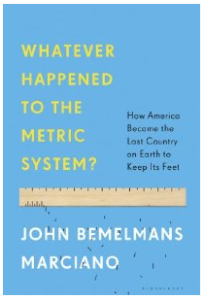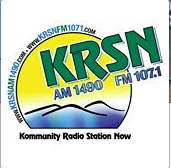Well folks, it’s 2021 and I have an announcement to make: Before the end of the year, I plan to have a draft of my book on the metric system done. Main title: America’s Biggest Miscalculation.
That means a couple of things for this blog:
A visual refresh of the website to show the work’s new direction. It should be up by the next blog post in a couple of weeks;
– A change in the content on these pages. I will still write about the metric system, but I’ll also write about the journey of working on the book and getting it into the right hands. In fact, my next post will talk about what I’m doing now to prepare to construct the book’s pitch proposal;
– However, I do have blogs in the cue on subjects such as the fact that we’re losing a foot in this country starting this year [Which one? In what direction? You’ll have to check back.] and the unbelievable number of references to the metric system and measurement in The Simpsons in its more than 30 years on the air and;
– Posts will be shorter, but I’ll post more often.
To all my faithful readers, I wanted you to be the first to know of the new direction the project is taking. In the eight-plus years since I started working on this metric system project I’ve had two different producers, but neither came up with the (then projected) $300,000 needed for the documentary.
Since writing a book is much less expensive (but—alternately—extremely labor intensive at the front end), it’s my hope that the book will drum up the interest needed to finance the documentary. If the book gets enough interest to ignite a real discussion toward metric system adoption [which has always been my goal], then we’ll have take it from there given that implementation is a whole different issue and beyond my scope of work…for right now.
This also means I’m going to become slightly more urgent about getting traction on this blog and other social media. It’s really important because the more views, comments, and subscribers the subject garners, the easier it will be to pitch agents and publishers. [I’ll talk more about this shortly.]
Consider that I’m already pushing a rock uphill since I’ve got to convince agents and publishers that there is the need for a book on a subject that has been mostly ignored for ~30-40 years in this country.
So, the more you can help bring attention to these efforts, the easier it will be to get to publication.
It’s going to take a huge awareness campaign so the American public knows just how much our lack of metric system adoption is hurting us—every…single…day. I’m trying to do my part with the book and now and I thank those folks who encourage me on. You are much appreciated.
You’ll hear more soon.
Linda
To those few, but wonderful people who donated to my MainStreet campaign several years ago: I paid the taxes on the money out of my pocket so I could deposit the full amount into a savings account where it will reside until such time as I make the documentary. My hope is that you will eventually get a special copy of both the book AND the documentary when the times come. Thanks for your patience.



















